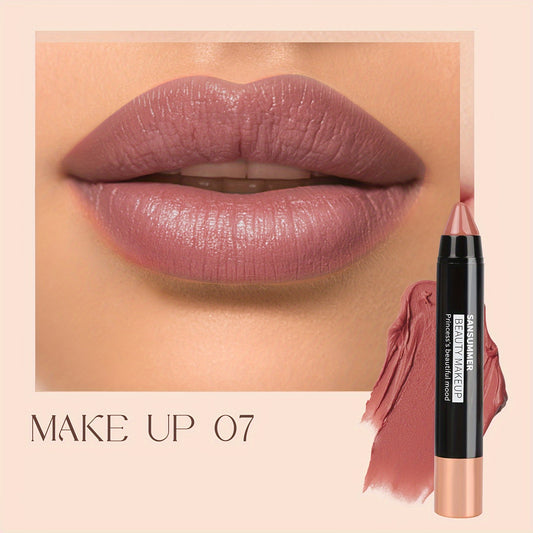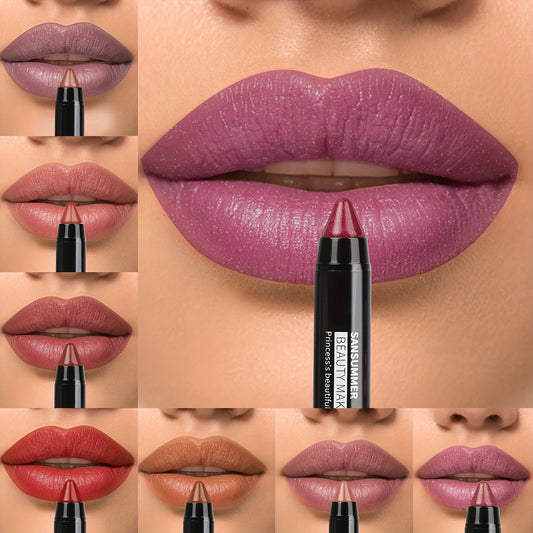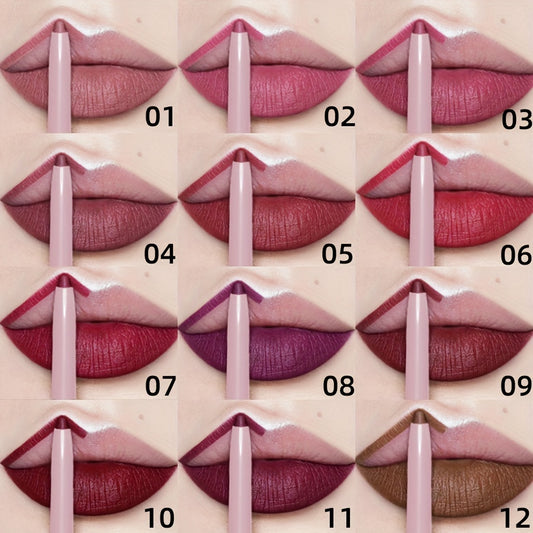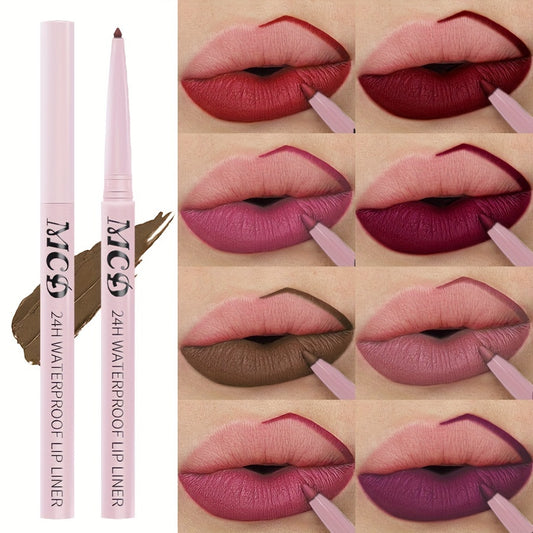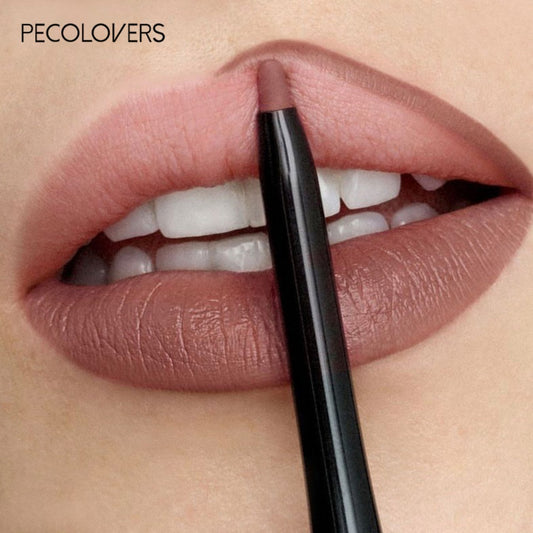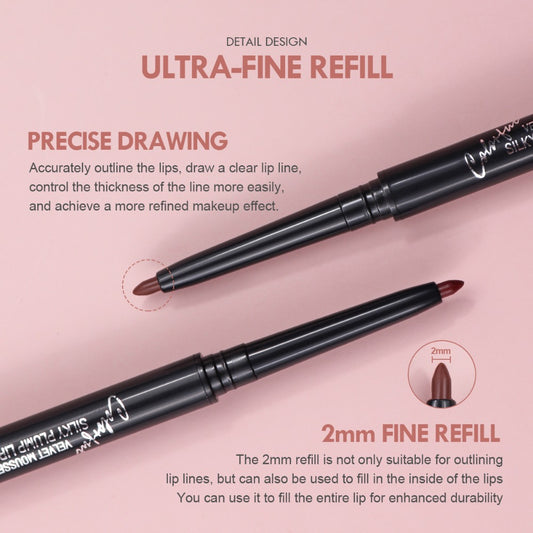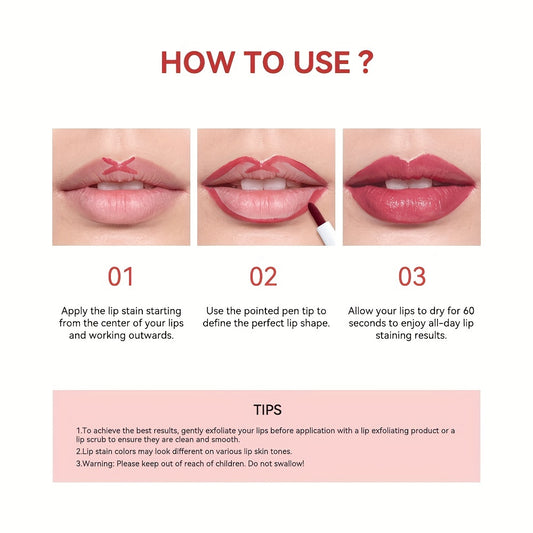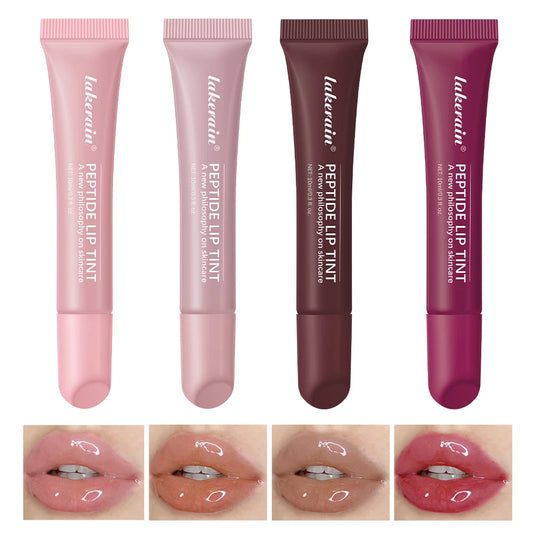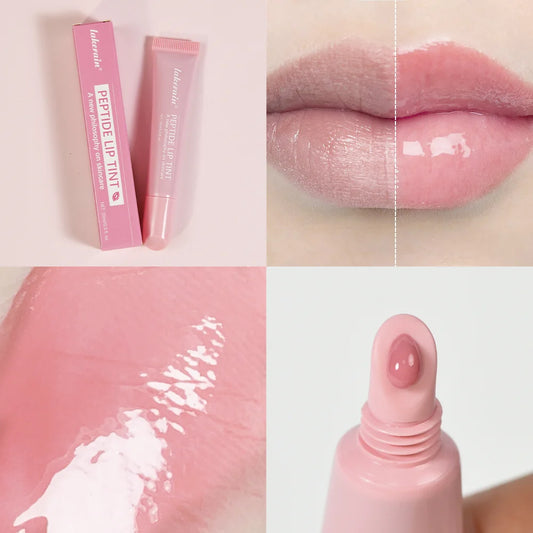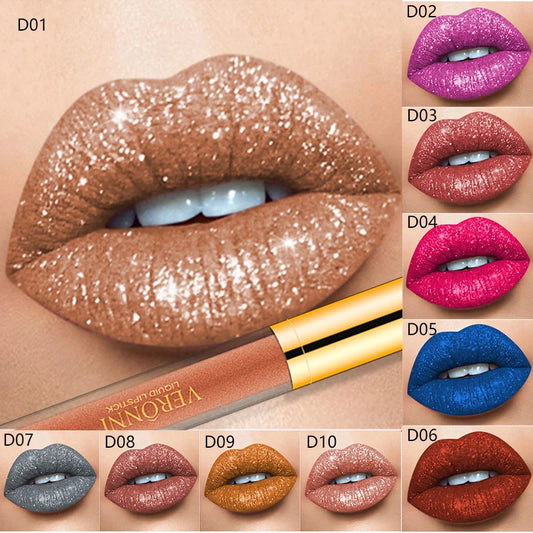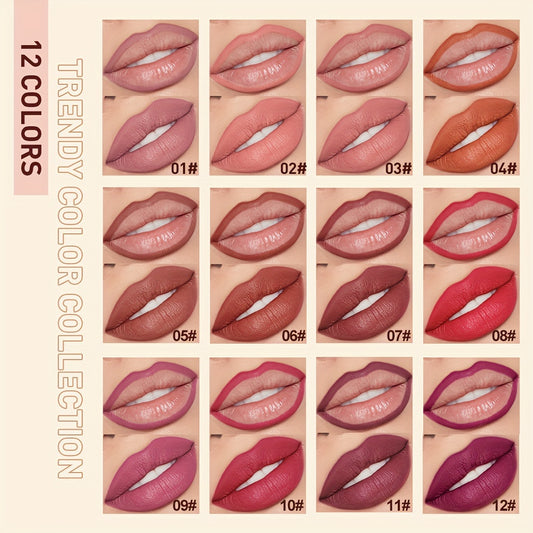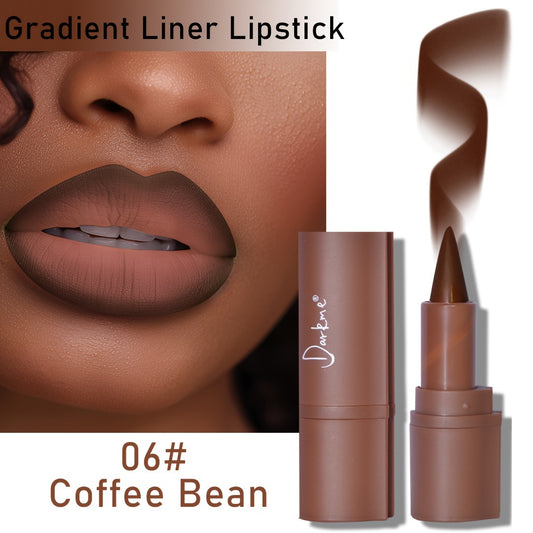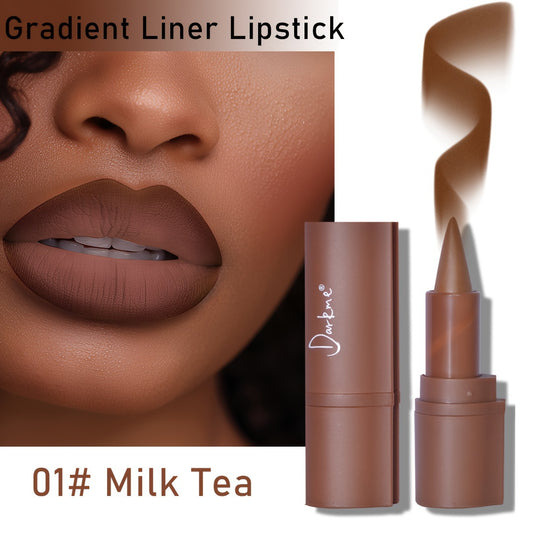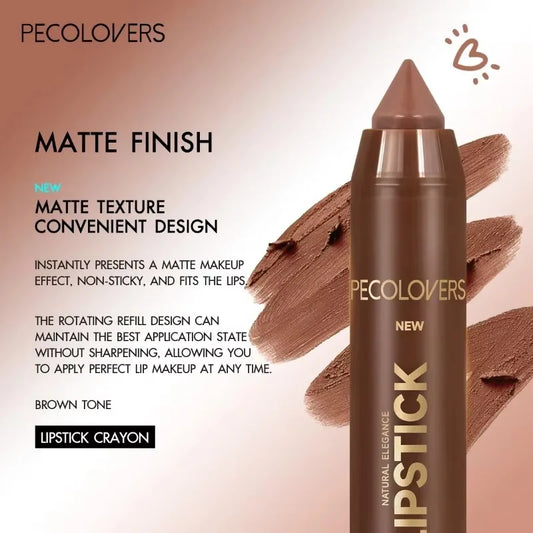Decoding Shelf Life: Does Lip Balm Go Bad and How to Tell
Share
Ever wondered if that trusty tube of lip balm sitting in your purse can actually go bad? It's a fair question! Just like your favorite snacks, lip balm doesn't last forever. Even though it might seem like a simple product, there are a few things that can make it expire. Knowing what to look for can save your lips from some not-so-great surprises. So, let's figure out when it's time to toss that old balm and grab a fresh one.
Key Takeaways
- Lip balm does go bad, even if it's unopened. Look for a "period after opening" symbol on the package.
- Changes in how your lip balm looks, smells, or feels are big signs it's probably expired.
- Using old lip balm can lead to skin problems, like irritation or even infections, because of bacteria.
- Store your lip balm in a cool, dry place to make it last longer. Keep it away from heat and moisture.
- Natural lip balms often have a shorter shelf life since they usually have fewer preservatives.
Understanding Lip Balm Shelf Life
Decoding Period After Opening (PAO) Symbols
Okay, so you've probably seen that little jar icon on your lip balm, right? That's the PAO symbol, and it's actually pretty important. It tells you how long the product is good for after you open it. For example, "6M" means six months. After that, even if it looks fine, the formula might start to break down, and it's best to toss it. It's easy to forget when you opened something, so I usually write the date on the tube with a permanent marker. This helps me keep track and avoid using expired products. It's a simple security service trick, but it works!
The Significance of Production Dates
Even if you haven't opened your lip balm, it still has a shelf life. Most cosmetics have a production date, or sometimes an expiration date, printed on the packaging. If you can't find an expiration date, a general rule of thumb is that unopened lip balm is usually good for about two to three years from the production date. However, this can vary depending on the ingredients and how it's stored. Natural formulas, for instance, might have a shorter shelf life because they often contain fewer preservatives. It's always a good idea to check for any signs of spoilage, like changes in smell or texture, even if the date is still within range. Here's a quick guide:
- Perfumes with alcohol: About 5 years
- Skin care cosmetics: Minimum 3 years
- Makeup cosmetics: From 3 years (mascara) to more than 5 years (powders)
Why Unopened Lip Balm Still Expires
You might be wondering, "Why does unopened lip balm even expire?" Well, even without exposure to air and bacteria, the ingredients in lip balm can degrade over time. Pigments can separate, oils can go rancid, and the overall formula can change. Temperature fluctuations and sunlight can also speed up this process. Think of it like food in your pantry – even if it's sealed, it won't stay fresh forever. Plus, "natural" formulas could be shorter since they contain fewer preservatives. So, while that stash of unopened lip balms might seem like a good idea, it's best to use them within a reasonable timeframe to ensure you're getting the best quality and avoiding any potential skin irritation. It's better to be safe than sorry when it comes to lip balm and your skin!
Keeping your makeup in its original box, just as you would store your shoes in their boxes, will prevent sunlight, heat, and air exposure.
Signs Your Lip Balm Has Gone Bad
Detecting Changes in Texture and Consistency
Okay, so you've had that lip balm for a while. How do you know if it's time to say goodbye? One of the first things to check is the texture. If your once smooth and creamy lip balm has turned grainy, hard, or even separated, that's a major red flag. Think of it like old peanut butter – nobody wants that! Sometimes, you might even see little beads of oil forming on the surface. That's a sign the ingredients are breaking down. Time to toss it!
Noticing Alterations in Scent
Smell is another big indicator. Lip balm usually has a pleasant, subtle scent, or maybe no scent at all. If you open it up and get a whiff of something funky – like a plastic smell, a rancid odor, or just something "off" – trust your nose. It's probably gone bad. Our noses are pretty good at detecting when something isn't right, and it's better to be safe than sorry. Don't risk putting something that smells weird on your lips. It could be harboring bacteria or the ingredients could have degraded. If you notice a change in the lip balm scent, it's time to replace it.
Observing Color Variations
Color changes can also tell you a lot. If your lip balm was originally a nice, even color and now it's looking discolored, faded, or has weird spots, that's not a good sign. Sometimes, the color might darken or turn yellowish. This is especially true for natural formulas that don't have a ton of preservatives. Pigments can break down over time, and that can lead to some pretty strange color variations. If you see any noticeable color changes, it's best to err on the side of caution and get a new one. It's not worth risking a reaction for a few more uses.
It's important to remember that even if your lip balm looks okay, it can still go bad. The ingredients can degrade over time, even if you don't see any obvious changes. That's why it's always a good idea to pay attention to the expiration date and PAO symbol.
Risks of Using Expired Lip Balm

It's easy to forget about that old tube of lip balm rolling around in your purse, but using expired lip balm isn't just ineffective – it can actually be harmful. Here's what you need to know:
Potential for Bacterial Contamination
Lip balm, especially the kind in pots or tubes you apply with your finger, can become a breeding ground for bacteria. Think about it: you're constantly touching it, and it's exposed to the air. Over time, bacteria can multiply, and using expired lip balm means you're putting that bacteria directly onto your lips. This can lead to infections, especially if you have any small cuts or cracks on your lips.
Using expired lip balm is like playing roulette with your skin. You might get away with it, but the risk of irritation or infection is always there.
Reduced Effectiveness of Active Ingredients
Many lip balms contain active ingredients like SPF, moisturizers, or medications to heal chapped lips. These ingredients degrade over time. An expired lip balm might not provide the sun protection you think it is, leaving your lips vulnerable to sun damage. Similarly, the moisturizing ingredients might lose their potency, rendering the balm ineffective at soothing dry lips.
Skin Irritation and Allergic Reactions
Even if bacteria aren't a major concern, the ingredients in lip balm can change chemically as they age. This can lead to skin irritation, redness, or even allergic reactions. What was once a soothing balm could become an irritant, causing your lips to become even more chapped and uncomfortable. It's not worth the risk when a fresh tube of quality lip balm is an easy replacement.
Here's a quick rundown:
- Irritation
- Redness
- Allergic Reaction
Maximizing Lip Balm Longevity
Let's be real, nobody wants their favorite lip balm to go bad before they've had a chance to use it all up. Here's how to keep your lip balm in tip-top shape for as long as possible.
Optimal Storage Conditions for Lip Balm
Where you keep your lip balm matters a lot. Think cool, dark, and dry. Heat and sunlight are the enemies of lip balm. I learned this the hard way when I left a tube in my car during the summer – it melted into a gooey mess!
- Avoid leaving lip balm in direct sunlight.
- Keep it away from heat sources like radiators or stoves.
- A drawer, cabinet, or even the fridge are good options.
Storing your lip balm properly can significantly extend its shelf life. Think of it like storing food – you wouldn't leave milk out on the counter, would you? The same principle applies here.
Protecting Lip Balm from Environmental Factors
It's not just about temperature; other environmental factors can also affect your lip balm. Humidity, for example, can encourage bacterial growth. Air exposure can also dry out the formula. Consider keeping your lipsticks in the fridge to help prolong their life.
- Keep the cap on tightly when not in use.
- Avoid storing lip balm in humid places like the bathroom (unless it's in a tightly sealed cabinet).
- Consider using a lip balm with a sealed applicator to minimize air exposure.
Best Practices for Application Hygiene
This might sound obvious, but keeping your lip balm clean is super important. Think about it – you're applying it directly to your lips, and anything on the surface of the balm is going straight into your mouth. Gross, right?
- Wash your hands before applying lip balm.
- Avoid sharing lip balm with others (even if they're your best friend!).
- If you're using a pot of lip balm, use a clean applicator (like a cotton swab) instead of your finger.
Here's a quick guide to application hygiene:
| Practice | Why it Matters |
|---|---|
| Wash hands | Prevents transfer of germs to the lip balm |
| Avoid sharing | Reduces the risk of spreading infections |
| Use clean applicator | Keeps the lip balm free from contamination |
When to Discard Your Lip Balm
Adhering to Period After Opening Guidelines
Okay, so you've got this lip balm, and you're wondering when it's time to say goodbye. The first thing to check is that little jar symbol with a number and a letter on it – that's your PAO, or Period After Opening. It tells you how many months the product is good for after you crack it open. Pay attention to this! It's easy to forget when you started using something, so maybe jot it down somewhere when you first open a new lip balm. Ignoring this PAO guidelines is like playing Russian roulette with your lips.
Recognizing Clear Signs of Spoilage
Sometimes, even if you're within the PAO, your lip balm might just...go bad. Here's what to look for:
- Texture Changes: If your once smooth lip balm is now gritty, hard, or separated, that's a bad sign.
- Smell: Does it smell funky? Off? Like something you wouldn't want near your mouth? Trust your nose.
- Appearance: Any weird discoloration or mold? Toss it. Seriously, just toss it.
It's better to be safe than sorry. If you have any doubts about the quality of your lip balm, it's best to err on the side of caution and replace it. Your lips will thank you.
Considering the Impact of Natural Formulas
Natural lip balms are great, but they often have a shorter shelf life than those packed with preservatives. This is because natural ingredients can break down faster. So, if you're using a natural formula, be extra vigilant about checking for signs of spoilage and sticking to the expiration dates. Don't expect that natural lip balm to last as long as your favorite mascara!
Common Factors Affecting Lip Balm Shelf Life
The Role of Moisture and Humidity
Moisture is a big enemy when it comes to keeping your lip balm fresh. Think about it: every time you apply lip balm, especially if you're outside or have just eaten, you're potentially introducing moisture. This can create a breeding ground for bacteria, which obviously isn't something you want on your lips. High humidity environments, like your bathroom after a shower, can also speed up the degradation process. It's best to store your lip balm in a cool, dry place to avoid bacterial growth.
Impact of Temperature Fluctuations
Temperature changes can really mess with the consistency and effectiveness of your lip balm. Extreme heat can cause the ingredients to separate or melt, while cold temperatures might make it hard and waxy. Neither of these scenarios is ideal. Try to keep your lip balm at a stable temperature, away from direct sunlight or sources of heat. I've even heard of people storing their lipsticks in the fridge to prolong their life!
How Air Exposure Degrades Formulas
Air exposure is another factor that can shorten the lifespan of your lip balm. Every time you open the tube, you're exposing the formula to oxygen, which can cause oxidation and degrade the ingredients over time. This is especially true for lip balms containing natural oils or butters, which are more prone to oxidation. Make sure to always close the cap tightly after each use to minimize air exposure. Also, avoid pumping the applicator, as this forces air into the tube, drying out the formula.
Keeping your lip balm in its original packaging can help protect it from sunlight, heat, and air exposure. It's a simple trick, but it can make a big difference in how long your lip balm stays fresh and effective.
Ever wonder why your favorite lip balm doesn't last forever? Things like heat, light, and even how you store it can make a big difference. To learn more about keeping your lip balm fresh and effective, check out our full guide on our website!
Wrapping It Up: Your Lip Balm Lifespan
So, what's the big takeaway here? Lip balm, just like pretty much everything else, doesn't last forever. It's not just about it getting a bit weird or less effective; old lip balm can actually cause problems for your lips. Keep an eye out for those changes in how it looks, feels, or smells. And remember, how you store it makes a real difference. A little care goes a long way in keeping your lip balm good to go. If you're ever unsure, it's probably best to just toss it and grab a new one. Your lips will thank you!
Frequently Asked Questions
Does lip balm expire even if it's not opened?
Yes, even if you haven't opened a lip balm, it can still go bad. Over time, the stuff inside can break down. This is especially true for lip balms made with natural stuff, as they often have fewer things to keep them fresh.
What makes lip balm go bad faster?
Several things can make your lip balm go bad faster. Getting it wet can let bad germs grow. Also, if it gets too hot or too cold, or if the temperature keeps changing, it can mess up how the lip balm looks and feels. Letting air get to it can also make it dry out and change color or smell.
How do I find out when my lip balm expires?
You can usually find a small symbol on the lip balm package that looks like an open jar with a number and the letter 'M' inside. This tells you how many months the lip balm is good for after you open it. For example, '12M' means it's good for 12 months once opened.
What happens if I use expired lip balm?
Using old lip balm can cause problems. It might have germs that can give you a skin infection. Also, if it has special ingredients to help your lips, those might not work anymore. You could also get a rash or your lips might get irritated.
How can I make my lip balm last longer?
To make your lip balm last longer, keep it in a cool, dark, and dry place. Try to avoid leaving it in hot cars or direct sunlight. Also, always make sure your hands are clean when you put it on to prevent germs from getting into the balm.
When should I throw away my lip balm?
If your lip balm looks different (like it's lumpy or watery), smells weird, or has changed color, it's probably time to throw it away. Also, pay attention to the 'period after opening' symbol on the package. If that time is up, it's best to get rid of it.

